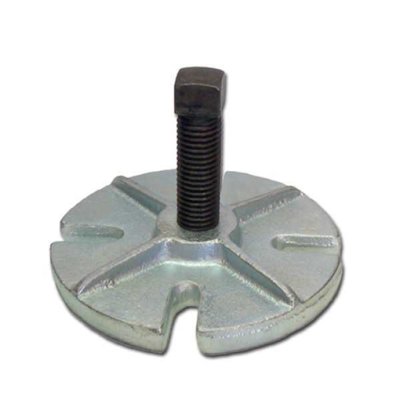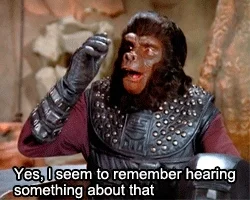mahal
Guru
- Joined
- May 26, 2010
- Messages
- 651
Doing my first DIY stuffing box replacement at next haul out. I understand that the toughest part is the removal of the shaft coupling which I bought a Buck Algonquin flange puller for. But my question is on reinstalling the coupling. Are there any tricks like lube with soap or does it just slide in? Thanks for your help.



